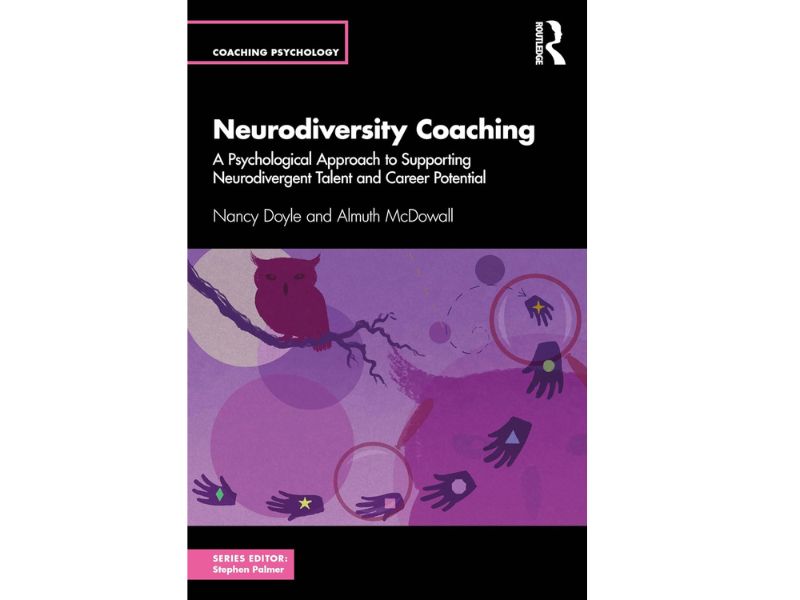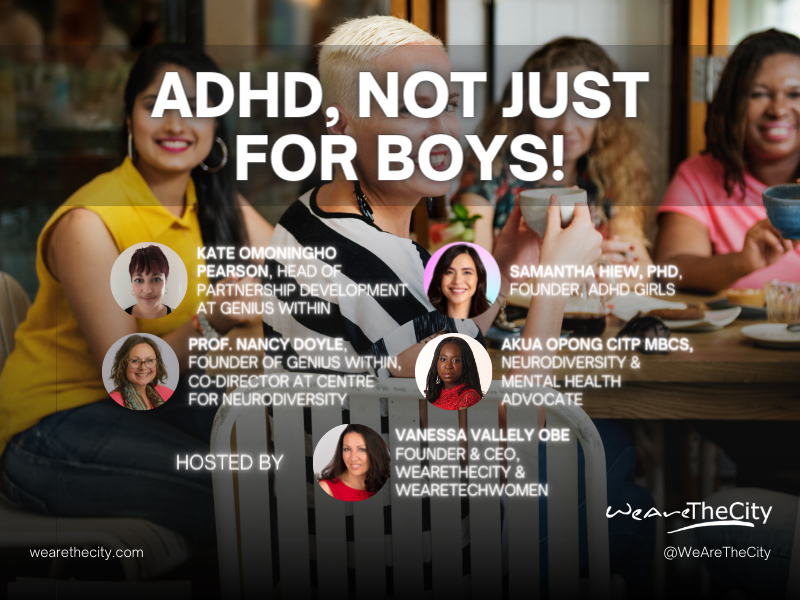
Article by Gianna Driver, Chief Human Resources Officer at Exabeam
In recent years, awareness of neurodiversity (ND) in the workplace has gained much-needed momentum.
Consequently, more organisations have focused on a range of important initiatives, like inclusion and unconscious bias training, in order to maximise levels of trust and psychological safety across their increasingly diverse teams.
Organisations focused on achieving equality within the context of neurodiversity generally share some fundamental principles, including an understanding that both thoughts and behaviour matter in the modern workplace. What gets done is just as important as how it gets done, and creating workplaces that accommodate neurodiverse individuals gets to the heart of “how” work is done.
In many organisations, traditional processes are not designed for neurodiverse workers. From recruitment to retention and career development, there is a need for education and positive change to ensure people of all backgrounds and gifts are afforded the same opportunities to contribute.
According to Harvard Medical School, neurodiverse people “experience and interact with the world around them in many different ways; there is no one “right” way of thinking, learning, and behaving, and differences are not viewed as deficits.” These different perspectives are what make neurodivergent employees particularly valuable to organisations. Unique solutions and “out of the box” thinking are the birthplace of innovative, new solutions. Successful businesses understand the role of ND employees, embrace these diverse points of view, see the value in divergent thinking and provide support wherever necessary.
Support in most organisations will focus on creating psychologically safe working environments. This means advocating for what neurodiverse people need to thrive while also equipping them to be productive. In this context, differences are normalised and there is no ‘one size fits all’ approach – instead, the ideal approach offers flexibility for people that supports their specific needs.
Engaging decision-makers
Full engagement of decision-makers is crucial to the success of neurodiversity strategies. The process should always begin with education, such as training the organisation’s hiring managers as well as those further up the corporate ladder. Don’t forget, while qualifications and experience are important, they are not the be-all and end-all because companies increasingly need neurodiverse candidates that can look at complex challenges and – crucially – use their talents to see patterns and opportunities from a different perspective.
The best recruitment practices for hiring neurodiverse talent should focus on competencies and potential in addition to prioritising what school someone went to, the certifications they have, the years of experience they have built or, indeed, their personality type.
These are crucial considerations because, in each situation, neurodiversity can bring inherent advantages. The cybersecurity industry, for example, benefits from the contribution of its ND employees.With hackers and people who perform malicious acts thinking outside the box, cybersecurity companies can benefit as well with ND people who see things differently, who might have very different and new ideas about better ways to stop them. In this context, hiring neurodivergent talent and creating workplaces where they thrive is critical to long-term success across many organisations in this rapidly growing sector.
On a practical level, there’s certainly a growing focus on diversity in all its forms, not least for those people – and there are many – who process the world differently. In this context, it is crucial that organisational leaders create more safe spaces in the workplace where atypical problem-solvers are embraced for their innovative perspectives and ideas.
This is a key part of a rounded approach because, on the flip side, when people don’t feel they belong, they are more likely to leave, and to minimise the risks this creates, organisations need to create environments where everyone knows they have meaningful contributions to make and are tied to the success of the team as a whole.
Ultimately, this helps address the basic human need to feel like we are part of something that has a positive purpose and where our needs are understood and embraced. For instance, HR leaders are increasingly taking a different, more inclusive approach to recruitment and interviewing that is now less focused on qualifications and years of experience and instead highlights competency and potential.
In this situation, transformation is only possible when we people are prepared to do things differently to deliver the innovation and game-changing improvements modern organisations increasingly need. For any forward-thinking 21st century business, there can be no doubt – we need neurodiverse employees on our teams.
About the author
Gianna is the Chief Human Resources Officer (CHRO) at Exabeam. Before, she was the CHRO in companies like BlueVine and PLAYSTUDIOS. Gianna previously was the VP of HR at Aristocrat and VP of Global HR at Actian Corporation. She completed her education at The Wharton School.








